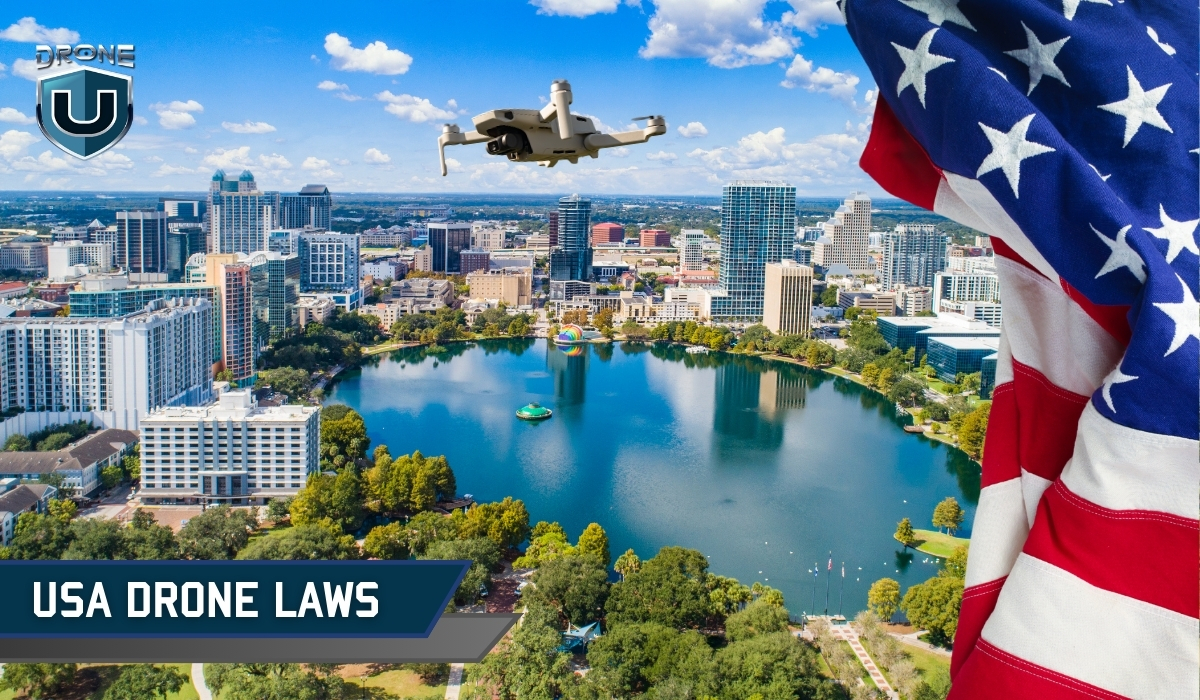AMann
Well-Known Member
So long as your don't enter into Controlled Airspace or you're not flying in a "Gridded" section. If you are flying in a "Gridded" section (or under an Airspace Authorization/Waiver) you are flying under Absolute height limits. You can NOT bust the altitude limit unless it's an emergency and in that case you need to report it IMMEDIATELY.
As a first hand example: a couple of weeks ago I was flying with an Authorization of 100' AGL. The building I was shooting was 85' high. If that building would of had a 16' Tower/Antennae/Observation deck or whatever I could not have flown over it period. My Authorization was strictly 100' and not 100' plus whatever I needed.
Very good point! I’m fortunate to be able to fly in uncontrolled airspace on BLM lands near my home. Should have stated that in my posts above.













